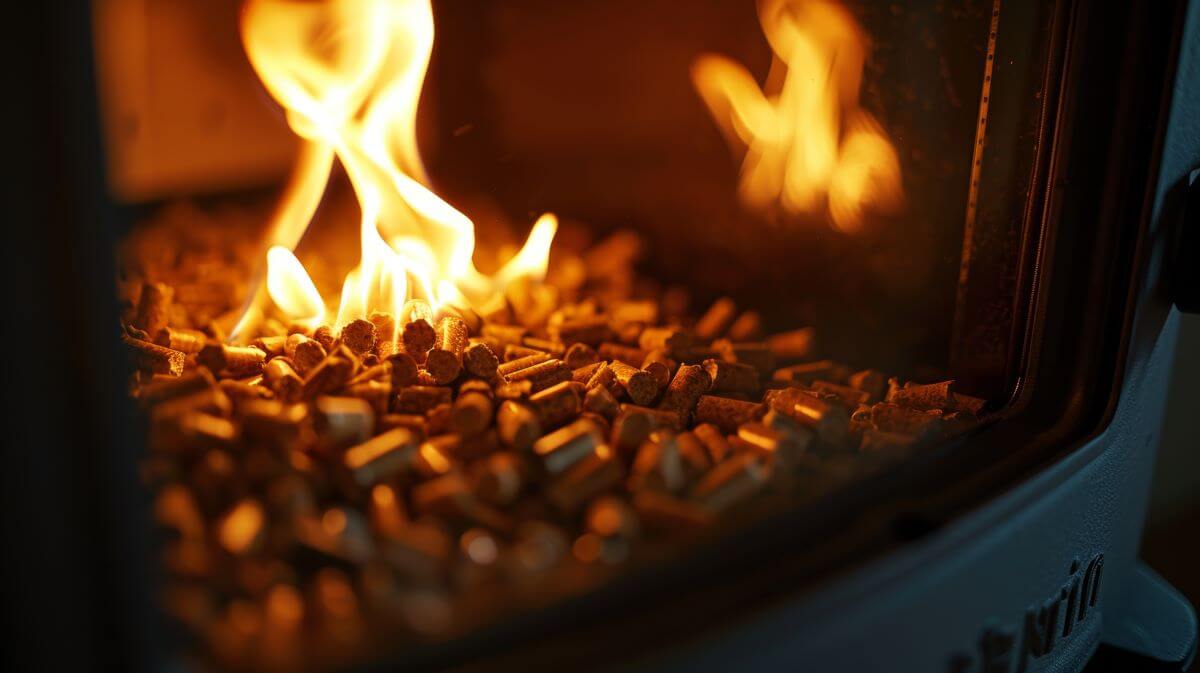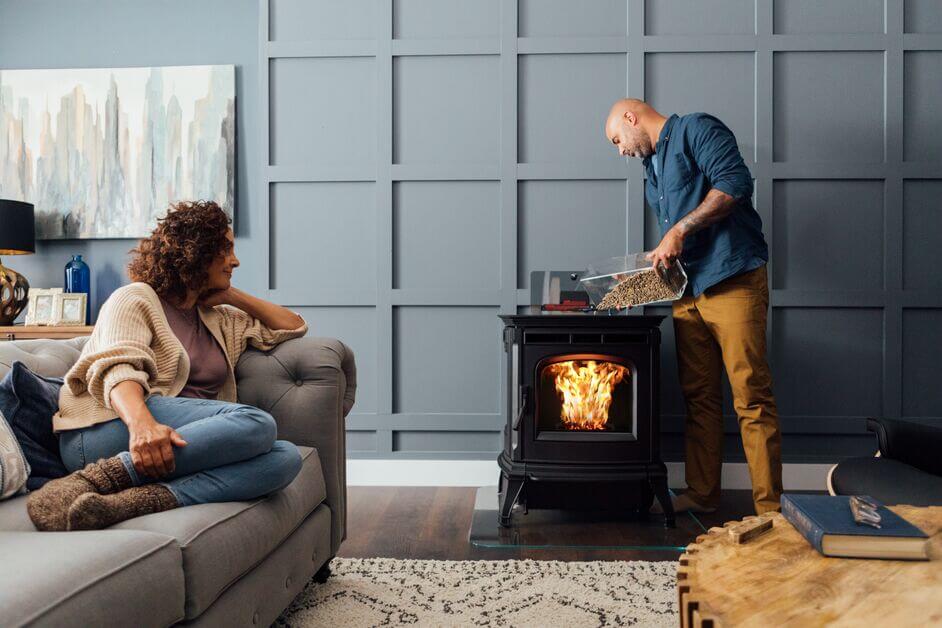Pellet heating is a safe, cost-effective combustion method of burning wood pellets as fuel to heat commercial, residential, industrial or educational buildings. Wood pellets are uniformly compressed heat sources manufacturers create from recycling wood waste, such as unused or discarded wooden pallets, sawdust and dead wood. As a renewable energy source, they’ll help you support environmental conservation while keeping you and other users toasty and comfortable during the cool and cold seasons.

Wood pellet heating is a widespread method of warming homes or businesses by burning wood pellets to extract energy. Like other forms of heat energy, such as gas, electric and oil sources, wood pellets offer a reliable heating solution and can be used as the primary heat source.
You can burn wood pellets using heating appliances, such as:

Since cost plays a crucial role in deciding to use wood pellets, many users’ primary concern is the expense of heating with them. Installing pellet heating stoves is generally more affordable than other heating fuel sources such as propane gas, oil and electricity. You’ll also spend less or the same on fuel costs compared to other sources depending on various factors, such as:
A ton of wood pellets in the U.S. costs between $300 and $500, translating to a $6-$10 range for a 40-pound bag. The price will vary depending on your location, the time of year and the pellets’ quality.
Based on the fuel cost calculator, wood pellets cost $23.92 per million British Thermal Units (BTU), compared to propane’s $41.13 and electricity’s $35.17. This comparison shows that heating with wood pellets is more economical when other factors, such as demand and supply, remain constant.

Pellet stoves are easy and efficient to use. You don’t have to worry about chopping up the pellets to heat your home or business. The pellets come ready to load and burn. Depending on the type of stove and how many pellets it can hold at once, you only need to load up your stove once daily.
If you only use your stove at a particular time, you can set the thermostat to turn it on or off automatically to consume pellets efficiently. Models with advanced functions like remote control, programming and smartphone or internet connectivity are even easier to operate.
Other practices you can implement to use your pellet stove effectively include:

Let’s explore a few questions about wood pellets.
Wood pellets are a beneficial source of heat for the following reasons:
Softwood and hardwood are the two main types of wood used to make pellets. When shopping, focus on quality rather than wood type, as softwood and hardwood pellets have the same densities after processing. However, the pellet quality will depend on the manufacturer’s processing method.
With that in mind, here are factors to consider when purchasing wood pellets:
When choosing a pellet-burning appliance, consider the following aspects:
Wood pellets will remain fresh when stored in a cool, dry place. Pile them on top of a cardboard-covered pallet in the original packaging. If you have an open bag with leftover pellets, store them in an airtight container. This storage solution will keep them dry and ready to use when the cold season returns.
If you’re storing your pellets outdoors, place them in a shelter or shed on high ground and cover them with a tarp.
Store the ash in a non-combustible container with a lid for a few days to prevent disposing of it while it has embers. If you have a flower bed or lawn, dump your highly alkaline ashes there to minimize the soil’s acidity. However, you should avoid spreading the ashes in a vegetable garden because they may contain small quantities of heavy metals from the pellet-burning appliance.
Yes, wood pellets can expire if you don’t use them for an extended period. You’ll notice that they’re extra soft and crumbly to the touch. Only buy enough to heat your space to prevent your pellets from going bad.
Wet wood pellets can’t burn to produce heat, but you can protect them from moisture by storing them in a cool, dry place in the manufacturer’s packaging.
Whether you’re considering wood pellets as your primary or secondary heating solution, knowing how to use them efficiently is important. Explore our resources and guides to learn more about all things wood pellet heating.
